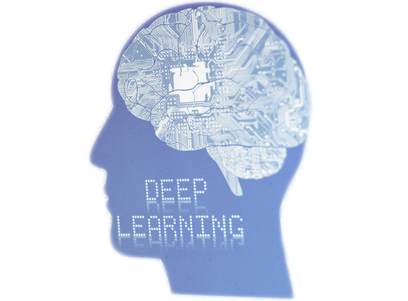
Applications of deep learning in neuroimaging

Information
The estimated time to complete this training module is 2h.
The prerequisites to take this module are:
- the installation module.
- the introduction to python for data analysis module.
Contact François Paugam if you have questions on this module, or if you want to check that you completed successfully all the exercises.
Resources
This module was presented by Jakub Kaczmarzyk during the QLSC 612 course in 2020, the slides are available here.
The video of the presentation is available below:
Exercise
- Follow along the video running the notebook presented in the hands-on part. This notebook can be run from google colab (if you have a google account) which is recommended since it lets you have access to a GPU. Otherwise you can also run it remotely on binder (but with no GPU). If you prefer to run it locally, you can download the .ipynb file :
wget https://raw.githubusercontent.com/neurodatascience/course-materials-2020/master/lectures/15-may/02-applications-of-deep-learning/mtl_deep_learning_jakubkaczmarzyk.ipynb
- Follow up with François Paugam to validate you completed the exercise correctly.
- 🎉 🎉 🎉 you completed this training module! 🎉 🎉 🎉
More resources
You can find more information about the nobrainer library on its github repo.
A nature communications article on the superiority of deep learning over standard machine learning in neuromimaging tasks.
A Neuroscience and Biobehavioral Reviews article on deep learnging applications in neuroimaging studies of brain-based disorders. It has a good overview of the general framework of deep learning applications, and descriptions of the main kinds of architectures.